VW LOAD CELL VWLC-5050
The VWLC 5050 series of Vibrating Wire Load Cells consist of a solid cylinder of high strength steel with 3 vibrating wire strain sensors mounted parallel to the longitudinal axis arranged equidistant around the circumference which measure the compression of the cylinder under load.
Categories: Geo-Structural Instruments, Load Cells
Description
With the multi sensor configuration it is possible to obtain accurate readings under mildly eccentric loading conditions as the sensors are read individually.
The readings from the individual sensors are averaged and when used in conjunction with a calibration factor, supplied with each cell, allow the applied load to be calculated.
The VWLC 5050 series is typically used to measure and monitor compressive load or force in structural members, struts and piles.
Connection to the load cell is via a heavy-duty multi-core sheathed cable which can be connected to a direct portable readout, data logging or Wi-SOS 400 system.
Additional information
| Brands | |
|---|---|
| Thermistor |
3k Ohms at 25°C |
| Over range capacity |
150% FS |
| Accuracy (system accuracy depends on loading conditions) |
0.5% FS (0.25% FS available on request) |
| Resolution |
0.05% FS |
| Output |
1200 – 2800 Hz |
| Temperature range |
-20°C to + 80°C |
| Material |
High tensile, stress relieved steel |
| Capacity |
250, 500, 750, 1000, 1250, 1500, 1750, 2000, 2500, 3000, 4000, 5000kN |
| Diameter |
45, 63, 76, 88, 98, 108, 116, 124, 138, 151, 174, 195 mm |
| Height |
100 mm |
Reviews (0)
Be the first to review “VW LOAD CELL VWLC-5050” Cancel reply
About brand
Geosense Ltd is one of Europe’s leading manufacturers and suppliers of instruments to the geotechnical, civil engineering, mining and environmental industries.
Geosense products are used globally in major projects in more than 68 countries. With a comprehensive in-house design and manufacturing capability, we can provide products not only to tight deadlines but also to suit custom-engineered solutions for specific project requirements.
Geosense specialises in the manufacture of vibrating wire and MEMS sensors, which are used to produce a wide range of instruments. In addition we manufacture automated data acquisition systems to complement our sensors, including wireless systems.
Data Sheets
Related products
IPX IN-PLACE EXTENSOMETER
In stock
Rated 0 out of 5
The In-Place Extensometer (IPX) offers automated monitoring of standard magnetic extensometer installations. The system is designed for a simple, adaptable installation with a single cable connection at the top of the borehole. Its large measurement range accommodates large levels of settlement or heave, and ease of adjustment means it can be reconfigured for changed site conditions such as embankment filling or cutting.
STRAIN GAUGE PIEZOMETER SGP-3400 SERIES
In stock
Rated 0 out of 5
The SGP-3400 Series of strain gauge piezometers are designed for monitoring soil pore pressure or changes in water level and are also suitable for dynamic monitoring such as pumping tests.
They are accurate, highly-reliable and suitable for use in the harsh environments often found within civil engineering including water wells, boreholes, dams, reservoirs, rivers, tanks or any other body of water.
DRIVE-IN PIEZOMETERS WP-3400 & SGP-3500 SERIES
In stock
Rated 0 out of 5
Drive-in piezometers, also referred to as push-in piezometers, are designed for installing in soft clays, organic or fine grained cohesionless soils typically with a SPT-N value less than 10. They are available with a CPT fitting or 1” BSP thread.
Depending on the depth and type of soil, they can either be pushed directly into the soil from ground level to the required depth or pushed into the base of a CPT test or drilled borehole.
NANO TRIAXIAL TILT SENSOR
In stock
Rated 0 out of 5
The Nano range uses the same core platform as our other tilt sensors, so it can deliver a similar level of performance and reliability, all in a small and robust enclosure. Nanos have been successfully used in many applications, including:
- Tunnel distortion
- Tunnel heave/settlement
- Embankment slippage (used in conjunction with stake mounts)
- Structural movement
- Rail track heave/settlement
- Rail trackbed cant and twist
IN-PLACE TILT METER MEMS
In stock
Rated 0 out of 5
STANDPIPE PIEZOMETER
In stock
Rated 0 out of 5
INCLINOMETER CASING XC
In stock
Rated 0 out of 5
MAGNETIC EXTENSOMETER GXM RANGE
In stock
Rated 0 out of 5
The GEO-XM settlement system is a magnet extensometer system used typically to monitor settlement and heave in foundations, excavations and embankments.
Data received identifies the depth and position where settlement has occurred as well as the total amount of settlement.
It can also be installed behind retaining structures, such as sheet piles and slurry walls, and above underground openings, such as tunnels and shafts.



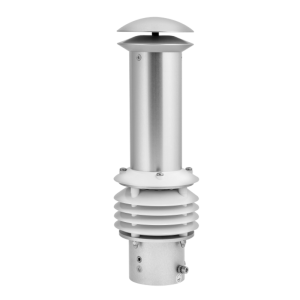
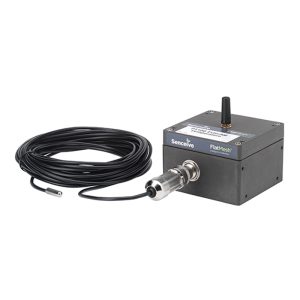
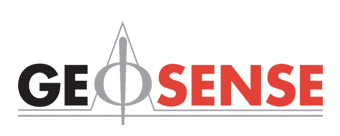
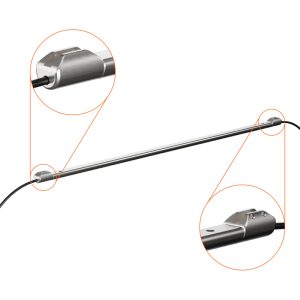
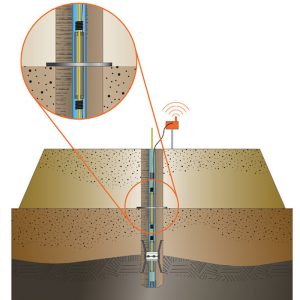
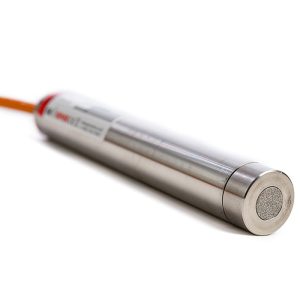
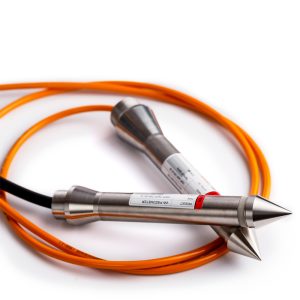
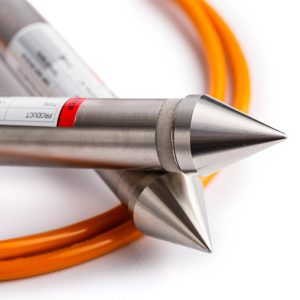
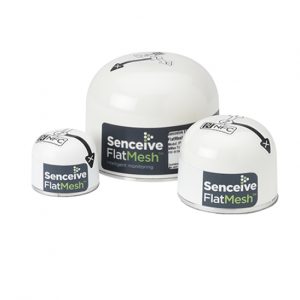
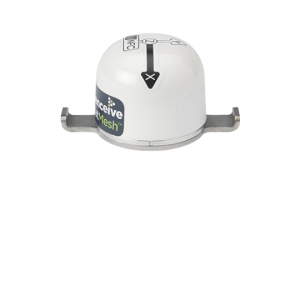
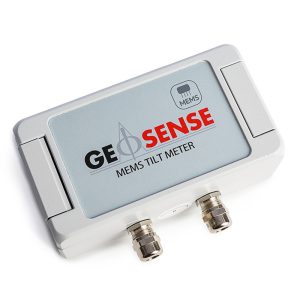
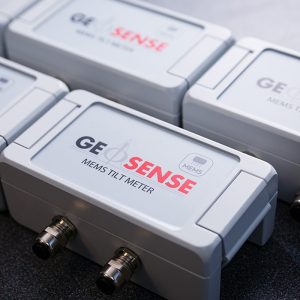
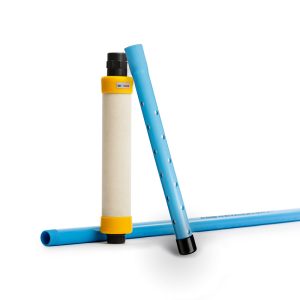
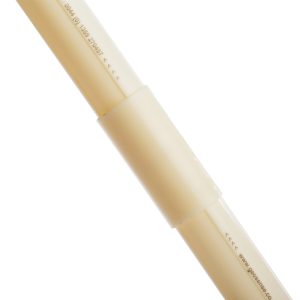
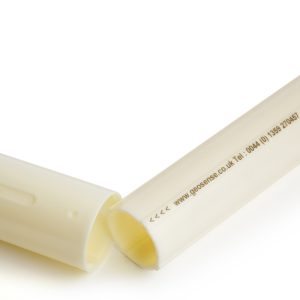
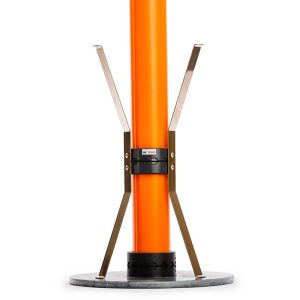
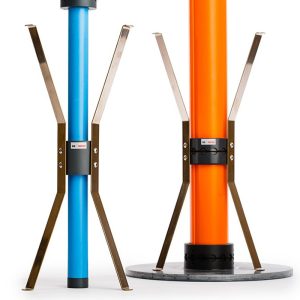
Reviews
There are no reviews yet.